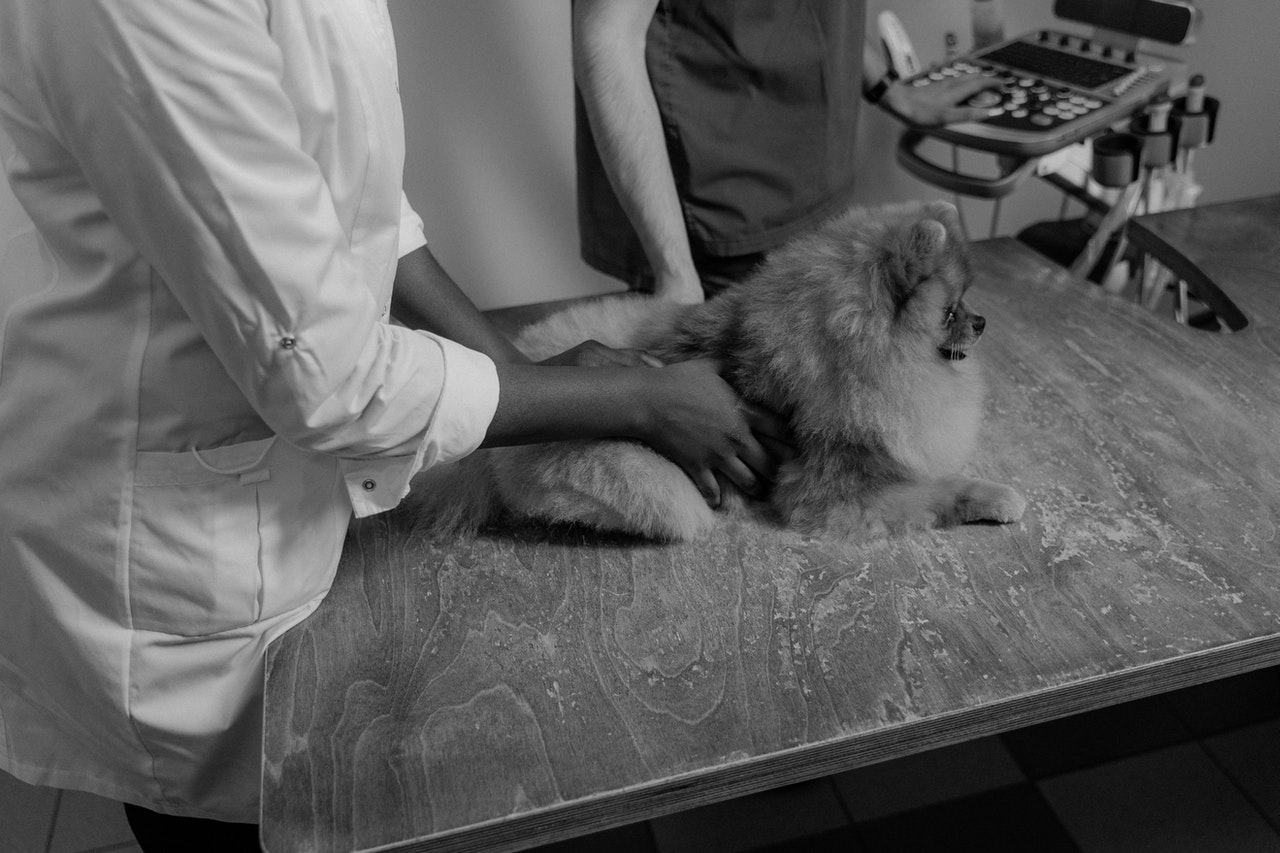
Is Benadryl for dogs a thing? Benadryl is an over-the-counter antihistamine, can be used to treat insect stings and bites, as well as some vaccine reactions. The FDA hasn’t approved it for canines or other animals, but you can safely administer to your dog if you get a green light from a veterinarian.
The medicine that cures allergies goes by the generic designation of Benadryl, not the brand name Benadryl. Before giving your dog a prescription, be sure to check the label to see what exactly is in it. Benadryl contains the active ingredient diphenhydramine, which is safe for dogs to take.
It’s possible that Cetirizine is present, and while it may be safe, there is no reason to put your dog at risk unless absolutely essential. Acetaminophen, which is not safe for dogs, is found in certain products. Avoid using these products since they are harmful to dogs.
Can I Give My Dog Benadryl?
Benadryl can be administered to dogs as long as the dosage is kept to a safe level. Benadryl is approved for use in dogs by veterinarians for a variety of reasons.
If your dog suffers from seasonal allergies or from motion sickness, antihistamines such as Benadryl can assist. Benadryl tablets function by preventing histamines from causing allergic reactions by inhibiting H1 receptors.
Uses
In addition to relieving itching, swelling, and other allergy-related symptoms, Benadryl is a common over-the-counter drug. Allergic responses to bee stings, food, seasonal allergies, skin rashes, and other allergens are all treatable with Benadryl for canines.
Benadryl’s sedative effect may also help combat motion sickness while traveling with your dog in a car or on an airplane. Young dogs receiving vaccinations can add to it. Vaccine reactions are rare. Veterinarians frequently recommend giving your puppy Benadryl two to four hours before the immunization visit to calm reactions like puffiness or tiredness.
How Benadryl Should Be Administered?
This antihistamine can be taken in a tablet, pill, liquid or injection form. Without food, oral formulations can be taken. Giving a dose on an empty stomach may cause your pet to vomit, so be sure to follow up with another dose that includes food or a treat.
Dogs may have a hard time swallowing the drink since it has a terrible flavor. When supplied through an injection, the injection is administered in the vein, muscle, or subcutaneously.
When Should You Consult Your Vet?
Ask your veterinarian about your dog’s symptoms before taking Benadryl. Itching and red eyes, both common allergy symptoms, can indicate something more serious. Giving your dog Benadryl can exacerbate their illness in some situations. Allergies and other skin problems are usually connected with itching.
Dosage of Benadryl
Diphenhydramine dosage for dogs varies based on their weight. When compared to a large dog, a small dog will require much less to achieve the same results. The safest dosage for an adult dog is between 0.9 and 1.8 milligrams per pound. Depending on your dog’s symptoms, this dose can be given up to three times daily.
For the most part, only human-grade Benadryl tablets should be used on animals. Decongestants and alcohol should never be given to your dog. Only diphenhydramine-based medications should be given to them. Alcohol and decongestants can be harmful to your dog.
Second, time-released drug capsules should never be administered to pets. A capsule that is safe for people may be toxic to your dog, whose stomach functions differently. It is also possible for them to ingest the entire dose in one go if they bite the capsule, rather than having it dispersed over time.
Finally, consult your dog’s veterinarian if you want to administer liquid Benadryl medication rather than tablets. The 2-4 milligrams per kilogram rule may not apply to liquid medication due to its varied absorption.
Excessive Dosage of Benadryl
Benadryl can be toxic in high doses. An overdose can cause the central nervous system to become hyperactive, which can be fatal. Other indications to look out for include:
• The pounding of the heart
• Eyeballs dilated.
• Agitation
• Constipation
• Seizures
Waste no time contacting your veterinarian or an urgent care facility if you suspect your dog has taken too much Benadryl.
Side Effects
Diarrhea, vomiting, rapid heartbeat, breathing difficulties, and loss of appetite are all possible adverse effects. As soon as any of these symptoms aggravate, get in touch with your pet’s doctor right away. Benadryl should be avoided by dogs in certain circumstances. Ask your veterinarian if your puppy can take the medication safely.
You should inform your veterinarian if your dog is taking any other medications so that they can keep an eye out for any potential interactions. The medication should not be given to dogs who have any of the following conditions: heart or lung disease, glaucoma, high blood pressure, an enlarged prostate, bladder problems, or who have had an adverse reaction to Benadryl in the past.
Pregnant dogs may also experience difficulties. If Benadryl doesn’t work for your dog, or if you’d want to avoid certain side effects, you can talk to your vet about other treatments, or you can go the natural route. Even if you opt to use natural remedies to cure your dog, you should see a veterinarian to ensure that the dosages are correct.
Conclusion
When administered in accordance with a veterinarian’s instructions, Benadryl is a relatively safe and effective medicine for dogs. Always keep a close eye on your dog after administering a new drug to ensure that there are no adverse reactions to the drug.
If you have any other concerns about Benadryl for dogs, you should speak with your veterinarian for further information about the medication. Please keep any medications out of reach from your curious canine companion.
GigglePets does not provide medical advice for animals – all content is general information and you should always seek professional advice from your Veterinarian first.






